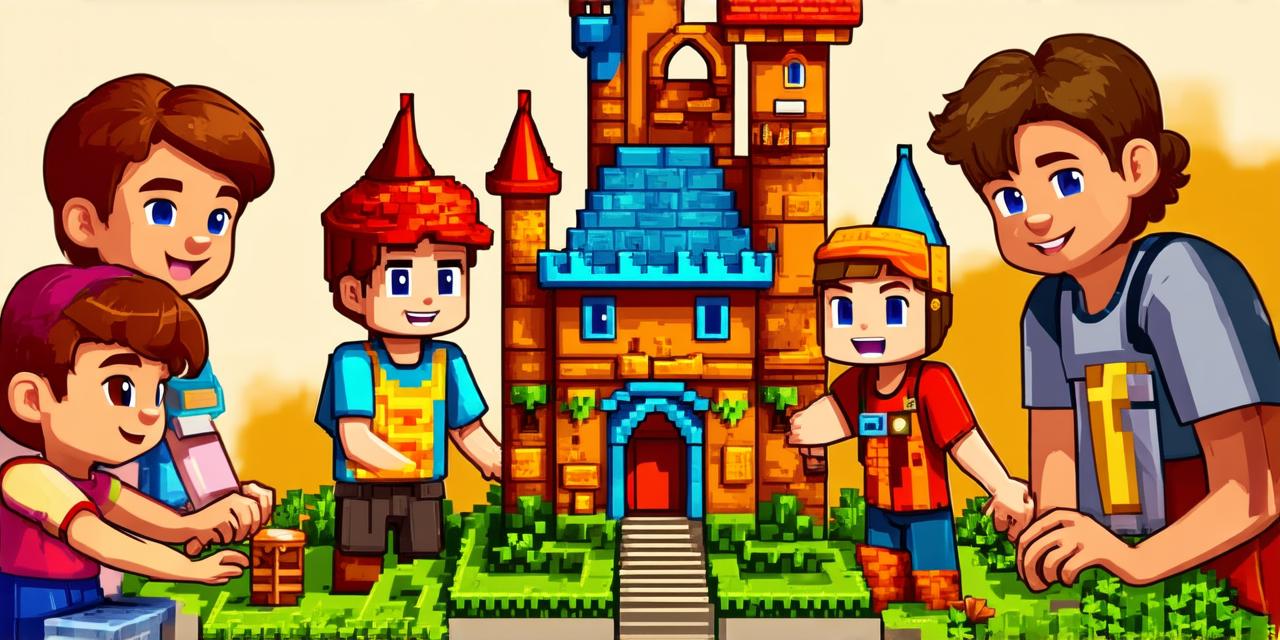Essential Elements of a Game Design Document
Introduction
Game development is an exciting and challenging field that requires a lot of planning, research, and creativity. One of the most critical documents in game design is the game design document (GDD). A GDD is a comprehensive guide to the game’s mechanics, story, characters, levels, and other essential elements. In this article, we will discuss the essential elements of a GDD that will help you create successful games.
What is a Game Design Document?
A game design document is a blueprint that outlines the game’s goals, mechanics, levels, characters, story, and other essential elements. It serves as a roadmap for game developers to ensure that they stay on track with their project and deliver a high-quality product. A GDD can be a written document or a digital file that contains text, images, diagrams, and other media.
The Importance of a Game Design Document
A GDD is essential for successful game development because it helps developers plan, organize, and communicate the game’s design to other team members. A well-written GDD ensures that everyone involved in the project understands the game’s goals, mechanics, and requirements. It also helps developers stay on track with their project and avoid making costly mistakes or delays.
Elements of a Game Design Document
A GDD should contain several essential elements to ensure its effectiveness. Here are some of the most critical elements that every game design document should include:
-
1. Executive Summary
-
2. Game Mechanics
-
3. Story
-
4. Characters
-
5. Levels
-
6. Art Style
-
7. Sound Design
-
Best Practices for Writing a Game Design Document
The executive summary is an overview of the game’s design that summarizes the game’s goals, mechanics, story, characters, levels, and other essential elements. The executive summary should be concise and easy to understand, providing a high-level view of the game’s design.
The game mechanics section outlines the rules and systems that govern the game’s behavior. It includes information about character movement, combat, puzzles, and other essential gameplay elements. The game mechanics section should be detailed and precise, with clear explanations of how each rule works.
The story section outlines the plot, characters, and themes of the game. It includes a narrative arc that describes how the game’s events unfold and how they relate to the player’s journey. The story section should be engaging and compelling, with well-developed characters and a clear sense of purpose.
The characters section describes the game’s main characters, including their backgrounds, personalities, and motivations. It includes information about how the characters interact with each other and the player, as well as their roles in the game’s story. The characters section should be detailed and believable, with well-developed characters that feel like real people.
The levels section describes the game’s environments, layouts, and challenges. It includes information about how each level is designed to progress the game’s story and mechanics, as well as how they are connected to the other levels in the game. The levels section should be engaging and challenging, with a variety of environments and obstacles that keep the player on their toes.
The art style section describes the visual elements of the game, including the characters, environments, and other assets. It includes information about the game’s color palette, lighting, and textures, as well as how these elements contribute to the game’s overall aesthetic. The art style section should be consistent and cohesive, with a clear vision for the game’s visual identity.
The sound design section describes the game’s audio elements, including music, sound effects, and voice acting. It includes information about how these elements contribute to the game’s atmosphere and immersion, as well as how they are integrated with the gameplay mechanics and story. The sound design section should be engaging and immersive, with a variety of audio elements that enhance the player’s experience.
Writing a GDD can be a challenging task, but with the right approach, you can create an effective document that will guide your game development project to success.


